The Vision Pro Turns 2 Next Month… What’s Next For Apple?
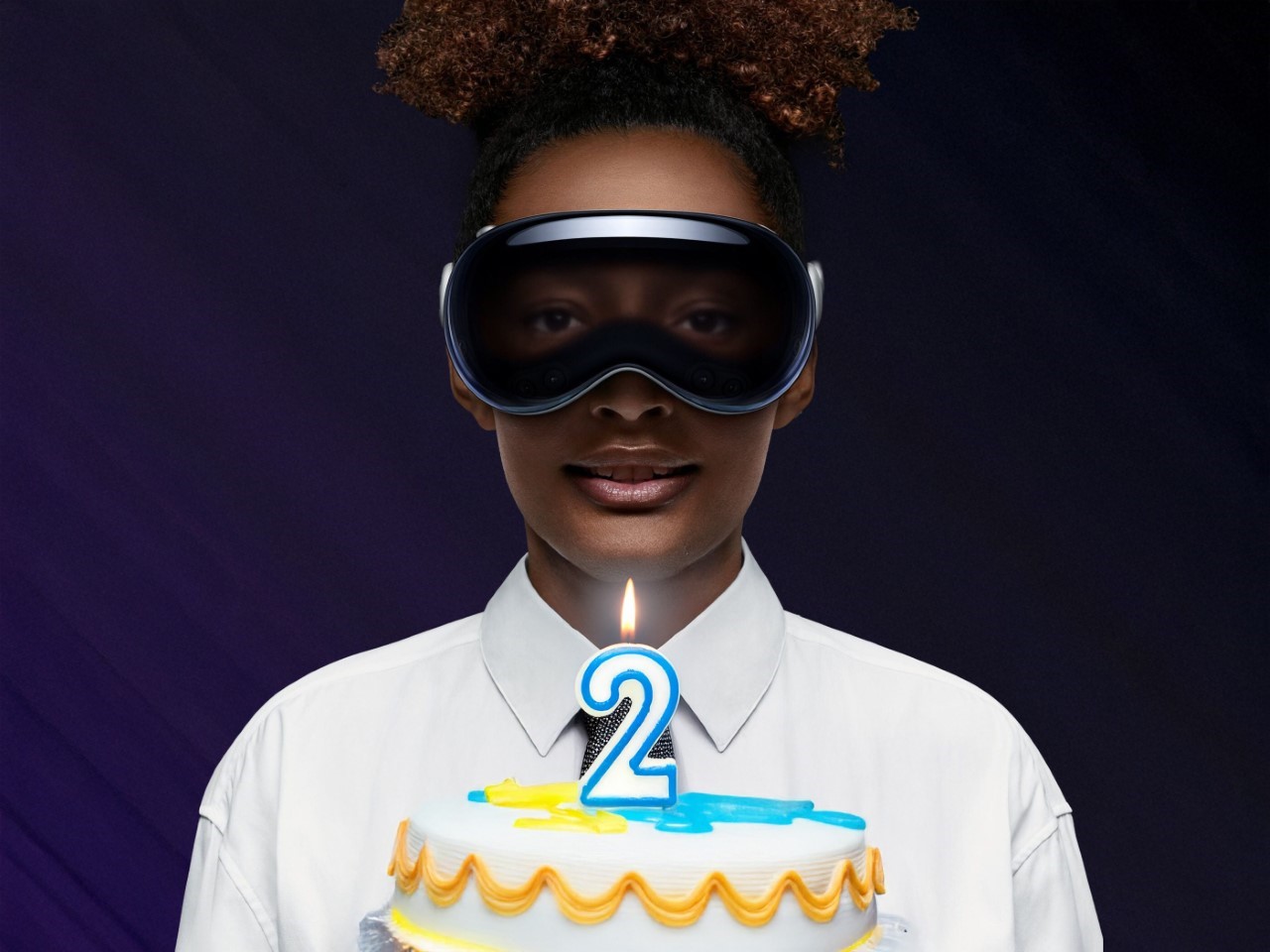
Table of Contents

June marks two years since Tim Cook stood on stage and unveiled the Vision Pro, Apple’s most ambitious leap into new territory since the Apple Watch. The $3,500 “spatial computer” arrived with breathtaking demos, celebrity endorsements, and the kind of technical wizardry that makes even jaded tech journalists lean forward. But two years later, we’re all asking the same question: what exactly is this thing for?
The Vision Pro remains a marvel of engineering. Its micro-OLED displays deliver 23 million pixels to each eye. The R1 chip processes input from 12 cameras, six microphones, and multiple sensors with imperceptible latency. The eye and hand tracking feels like actual magic the first time you experience it. And yet, fewer than 500,000 units have sold worldwide, according to industry analysts. For context, Apple sells that many iPhones approximately every 12 hours.
Every Game-Changing Product Needs A ‘Killer App’
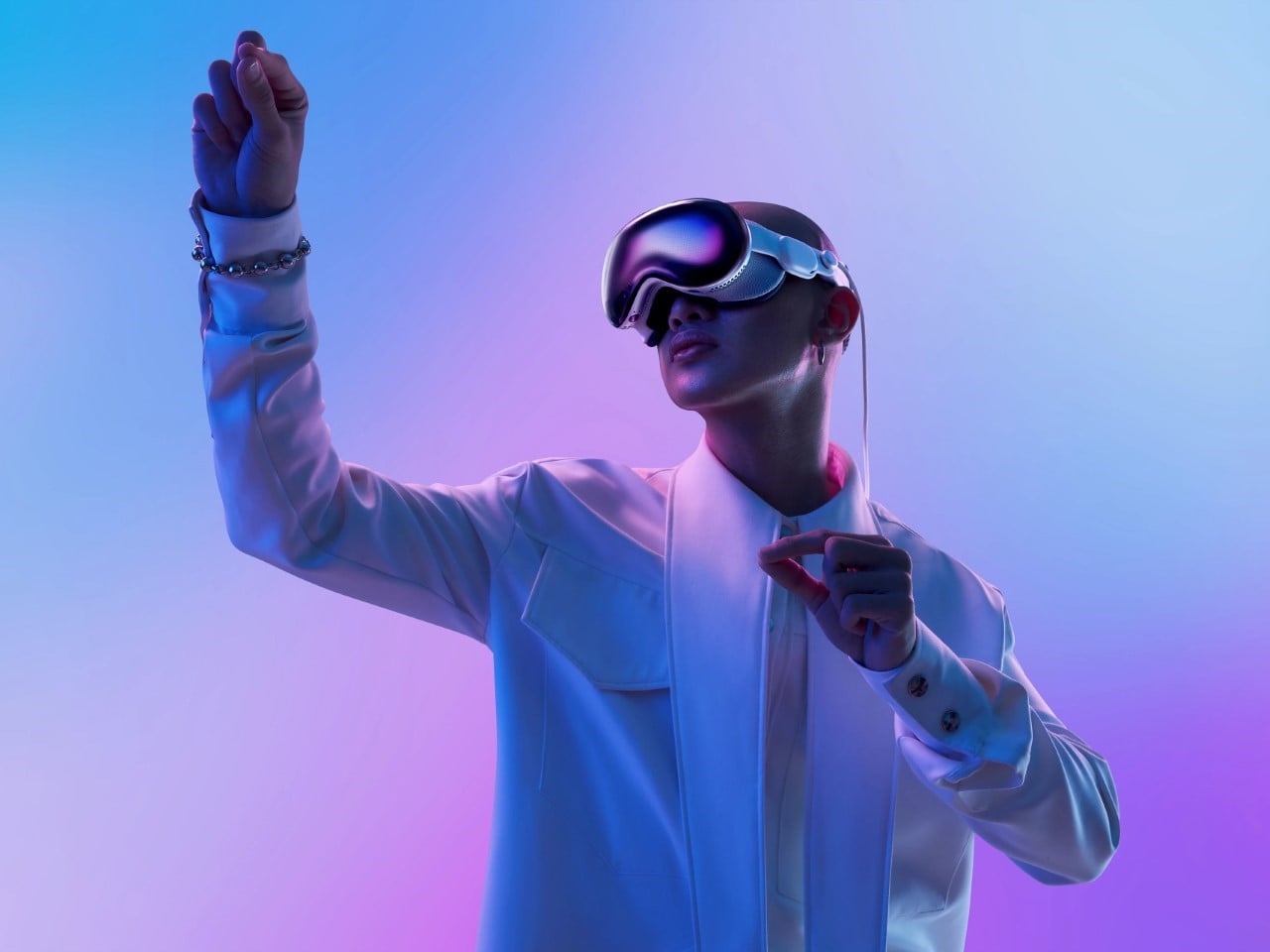

The core problem with Vision Pro isn’t the technology – it’s the purpose. Users consistently report an initial “wow” phase that lasts anywhere from two weeks to a month. They explore immersive environments, watch movies on virtual 100-foot screens, and show off spatial photos to impressed friends. Then reality sets in: the headset is heavy at 600+ grams, causes eye strain after extended use, and lacks applications compelling enough to justify regular wear.
“It’s collecting dust” has become the refrain among many early adopters on Reddit and tech forums. Bloomberg’s Mark Gurman reported that internal Apple data shows lower-than-expected engagement even among buyers who kept their devices. The problem extends beyond Apple… Meta’s Quest Pro faced similar challenges at its $1,000 price point before drastic price cuts.
The Vision Pro excels at media consumption, offering genuinely impressive virtual screens for movies and shows. But at $3,500, it’s competing with actual 85-inch OLEDs and high-end home theater setups. For productivity, the virtual workspace concept stumbles against the physical reality of typing on keyboards you can’t see and staring through cameras at a lower resolution than your actual eyes.
From “Spatial Computing Revolution” to “Radio Silence”
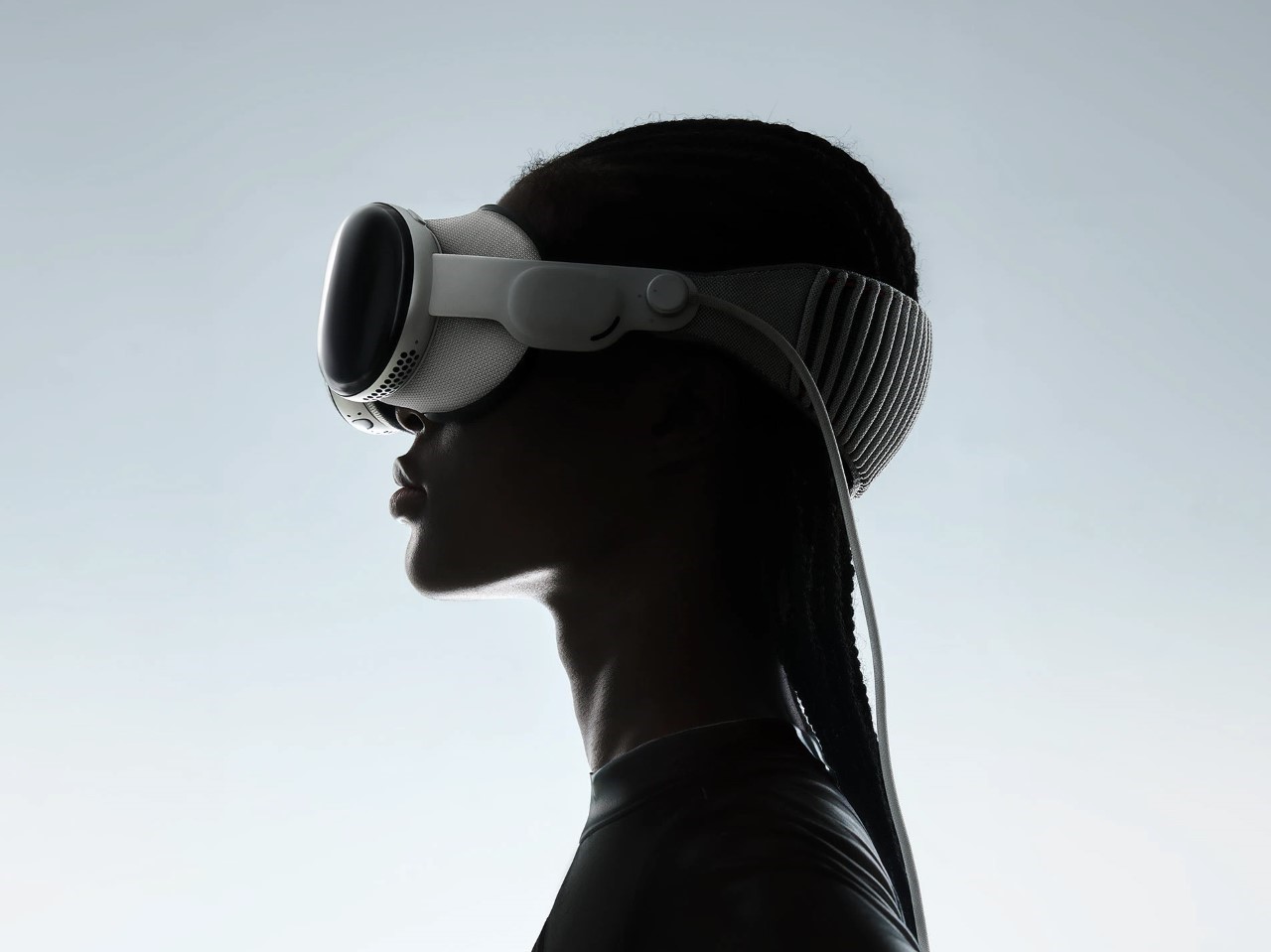

Apple’s messaging shift around Vision Pro tells a fascinating story of corporate priorities in flux. Two years ago, “spatial computing” dominated every conversation about Apple’s future. The term appeared 37 times in the WWDC 2023 keynote alone. Apple Store displays featured the headset prominently, often with dedicated zones where trained specialists delivered carefully choreographed demos that genuinely wowed first-time users.
Today, that enthusiasm has noticeably cooled. Vision Pro displays have migrated to less prominent positions in retail stores, sometimes sharing space with accessories rather than commanding their own showcase areas. The company’s press releases and marketing materials have gradually phased out “spatial computing” in favor of “Apple Intelligence” – the AI initiative that dominated last year’s WWDC and has since become the company’s technological North Star. This pivot wasn’t subtle; it was a clear reallocation of Apple’s storytelling resources.
What makes this shift particularly interesting is how it reflects Apple’s pragmatic approach to product narratives. When something isn’t connecting with consumers as expected, the company doesn’t typically announce failure – it simply redirects attention elsewhere. The international rollout of Apple Intelligence features has been slower than anticipated, with many regions still waiting for functionality that U.S. users have had for months, yet it remains the company’s primary innovation story. Meanwhile, Vision Pro continues to receive software updates and refinements, but without the revolutionary rhetoric that accompanied its launch. It’s not that Apple has abandoned the product; rather, they’ve recalibrated expectations while they figure out its long-term place in the ecosystem.
WWDC 2025: visionOS 3 and the Transparency Revolution
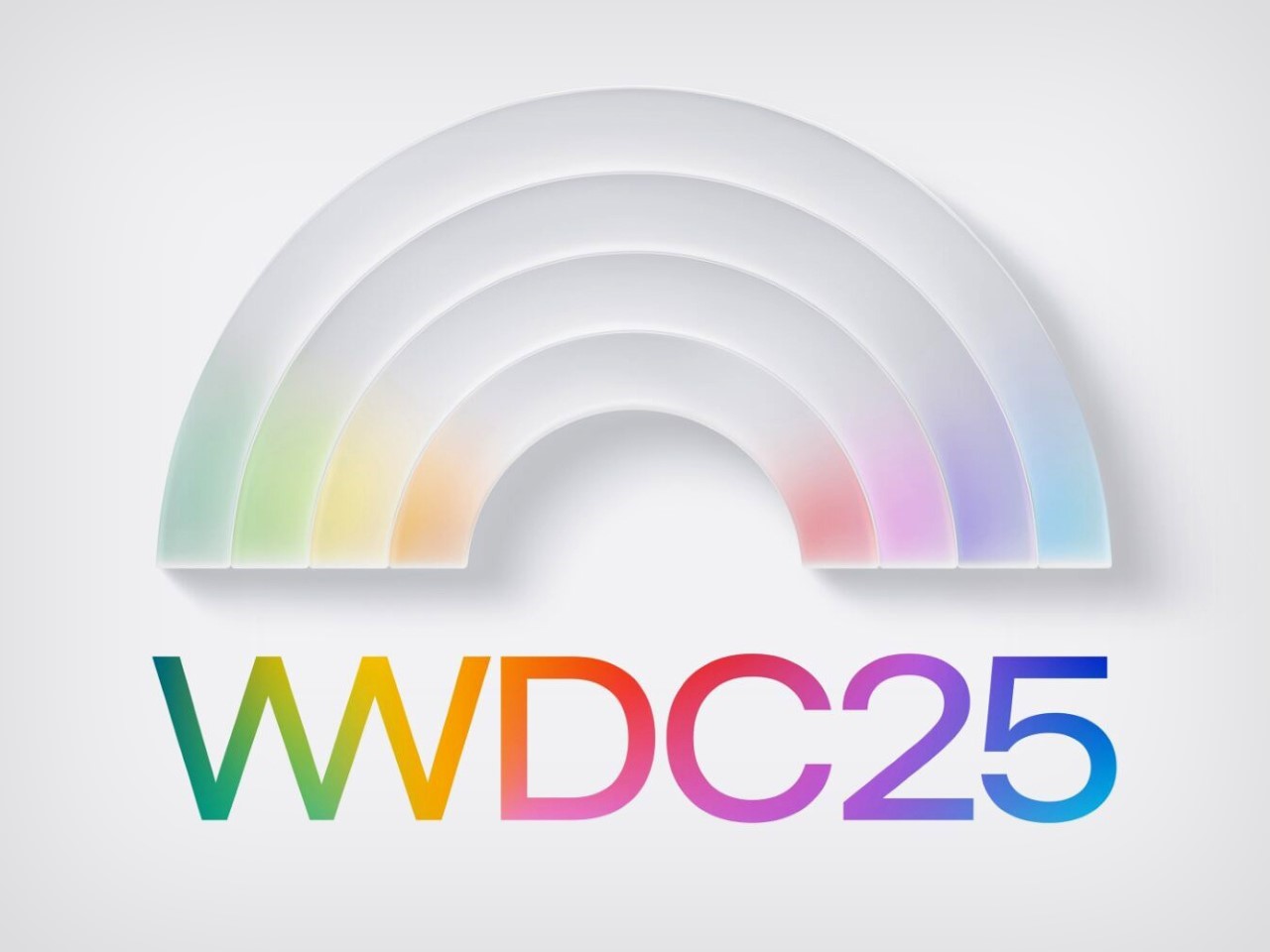

With WWDC 2025 just weeks away, the rumor mill points to visionOS 3 as a significant focus. According to AppleInsider and other sources, transparency will dominate the visual language, with translucent menus, glassy effects, and a continued refinement of the “digital objects in physical space” metaphor that defines the platform.
Developers are clamoring for practical improvements: folder support for app organization (currently nonexistent), better multitasking, and more native Apple apps. The current situation, where core apps like Notes and Reminders remain iPad ports rather than a native visionOS experience, feels increasingly untenable as the platform matures.
Perhaps most intriguing is how Vision Pro’s aesthetic is reportedly influencing Apple’s entire software lineup. iOS 19, macOS 16, and watchOS 12 are all expected to adopt elements of visionOS design, including rounded corners, translucent backgrounds, and subtle lighting effects. This “reverse influence” suggests that while Vision Pro may not have conquered the market, its design philosophy has made a lasting impact on Apple’s approach to user interfaces.
The Competition Circles: Project Moohan, Vivo Vision, and Beyond
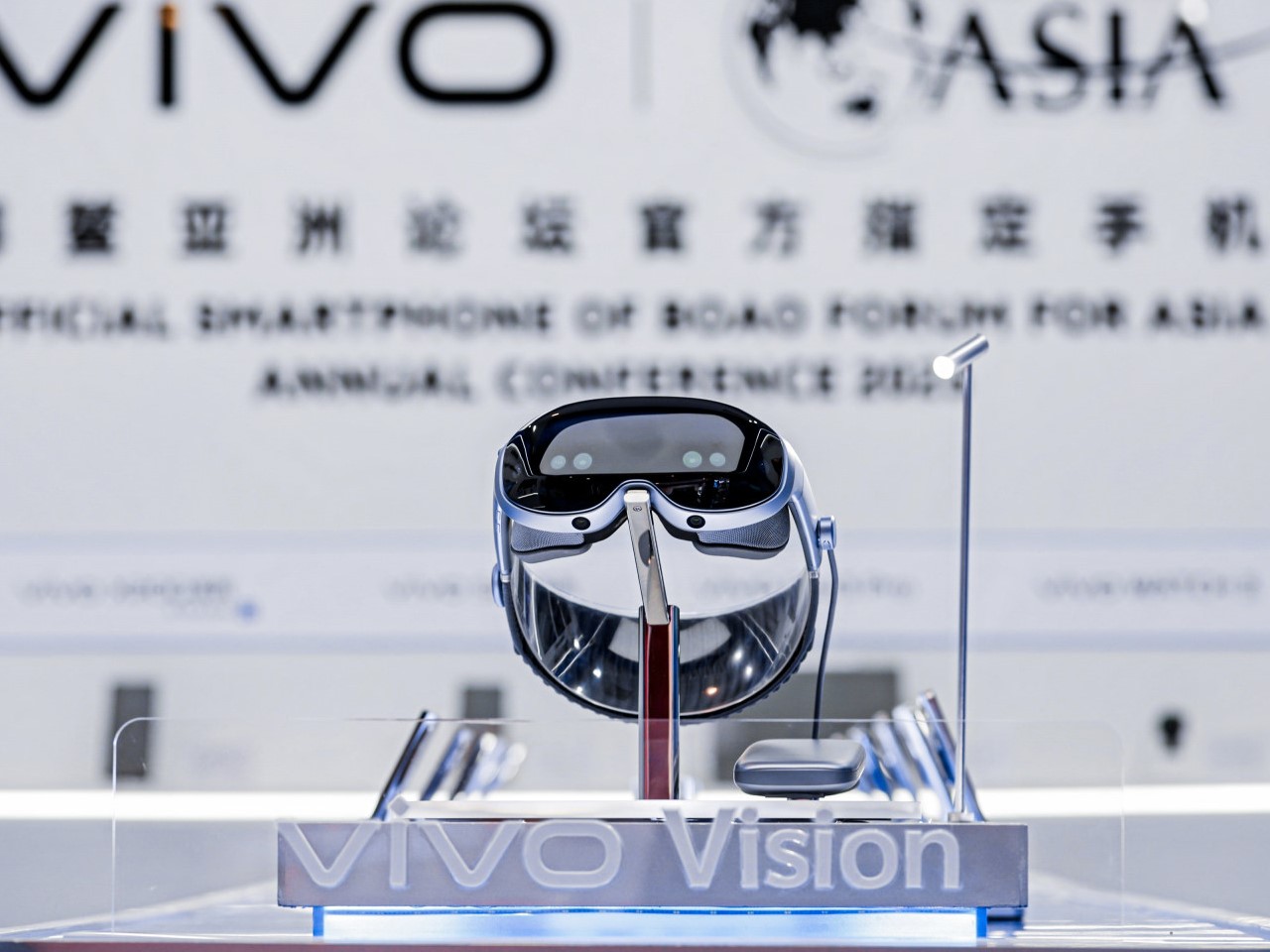

Samsung and Google’s “Project Moohan” headset represents the most credible competitor on the horizon. Announced in December 2024 and expected to launch later this year, it runs Android XR and promises deeper integration with Google’s Gemini AI. Early hands-on reports suggest a lighter form factor than Vision Pro and a price point that, while still premium, should undercut Apple’s offering significantly.
The Vivo Vision, unveiled at the Boao Forum in March, takes the more direct approach of simply copying Vision Pro’s design language while presumably targeting a lower price point for the Chinese market. Its mid-2025 launch will test whether Apple’s fundamental concept can succeed with different economics and regional optimization.
Curiously, Meta appears to have retreated from the high-end market. Reports indicate the company canceled development of a direct Quest Pro successor, with Vision Pro’s tepid sales cited as a cautionary tale. Meta instead continues to focus on the $500 price range with Quest 3, which has sold an estimated 3-4 million units, proving there is a market for XR devices at the right price.
What Comes Next: Vision Air, Vision Pro 2, or Something Else?
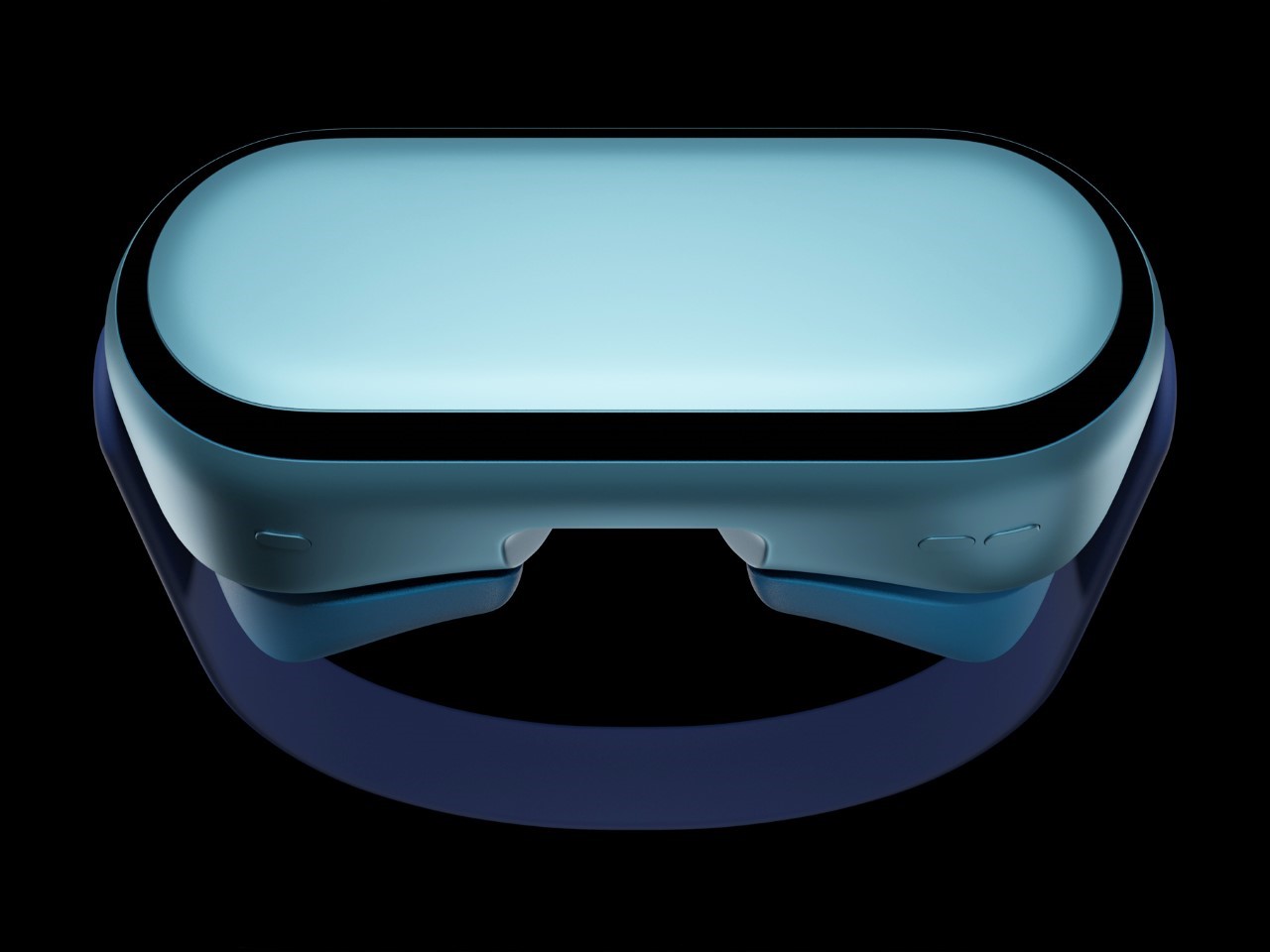

The clearest signal from supply chain analysts and insider reports points to a cheaper Vision device in development. Tentatively called “Vision Air” or simply “Vision” in rumors, this device would target a sub-$2,000 price point, possibly as low as $1,500. To hit this target, Apple would likely use lower-resolution displays, fewer cameras, and potentially sacrifice features like EyeSight (the external screen showing your eyes).
This strategy mirrors Apple’s approach with products like Apple Watch, where the ultra-premium Edition models eventually gave way to a more accessible lineup. The timeline remains unclear, with most sources pointing to late 2026 or even 2027 for release, suggesting that Apple is taking its time to get the formula right.
As for Vision Pro 2, credible rumors are scarce. Apple typically updates its flagship products annually or biannually, but the Vision Pro appears to be on a longer cycle. This makes sense given the slower-than-expected sales and the massive R&D investment the first model represented. When it does arrive, expect improved displays, longer battery life, and a lighter form factor – all addressing the most common complaints about the current hardware.
The Long Game: Apple’s Spatial Computing Bet
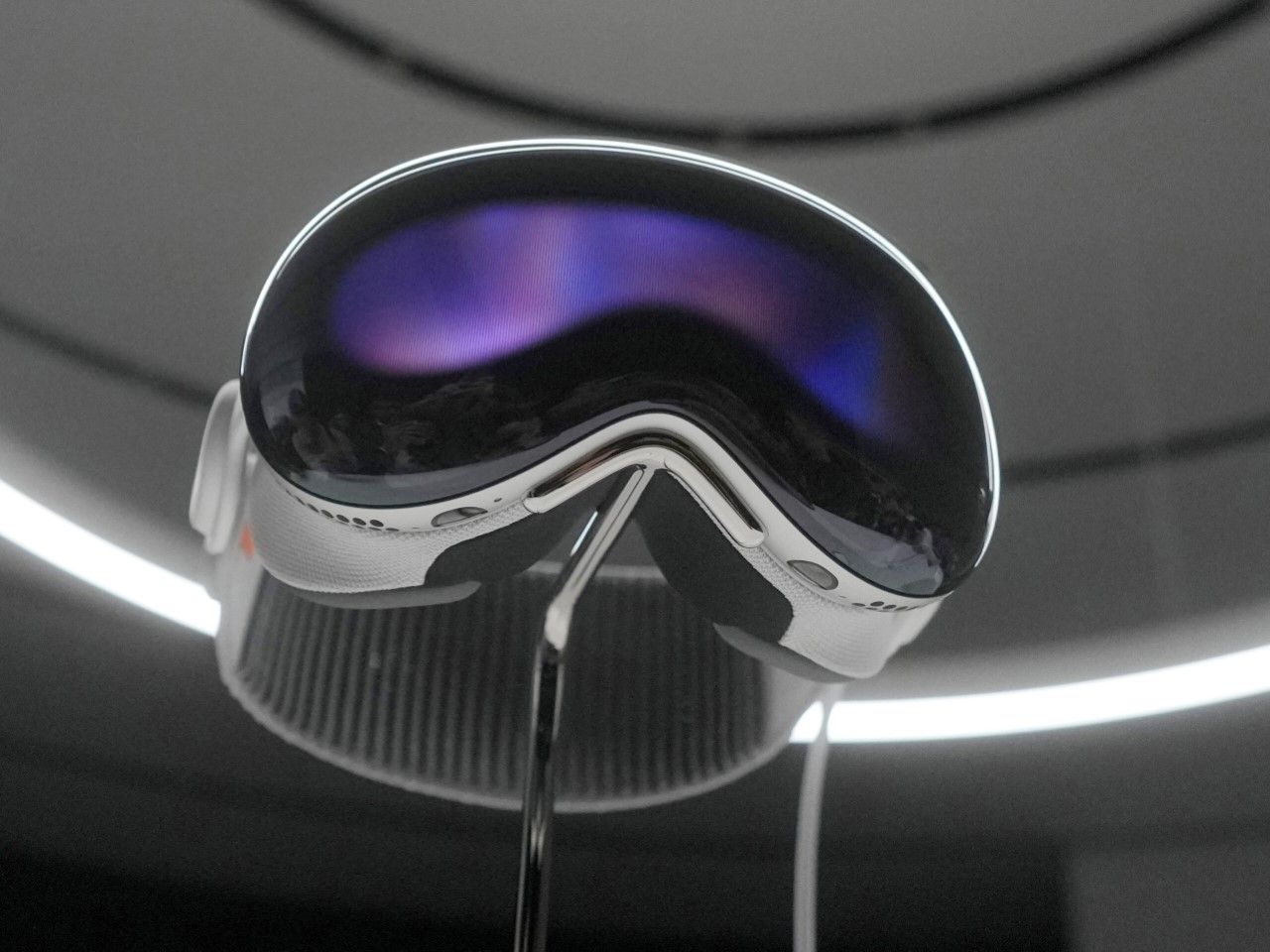

Two years in, the Vision Pro feels like a product caught between present limitations and future potential. It’s too expensive, too heavy, and lacks compelling applications for most consumers. Yet its technological achievements are undeniable, and the foundation it’s building could pay dividends as components get cheaper, software matures, and form factors improve.
Apple has played the long game before. The original iPhone lacked third-party apps. The first iPad was dismissed as “just a big iPhone.” The Apple Watch was criticized for being slow and dependent on the iPhone. All eventually found their footing. The difference? Those devices cost between $349 and $999 at launch, not $3,500.
For Vision Pro to follow a similar trajectory, Apple needs three things: a more accessible price point, lighter hardware, and that elusive killer app. WWDC 2025 will likely deliver software improvements, but the hardware evolution and ecosystem development may require more patience. Until then, the Vision Pro remains what it’s been since launch: a stunning technical achievement still searching for its reason to exist.
Sarang Sheth
If you liked the article, do not forget to share it with your friends. Follow us on Google News too, click on the star and choose us from your favorites.
If you want to read more like this article, you can visit our Technology category.